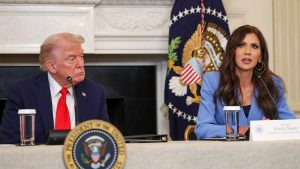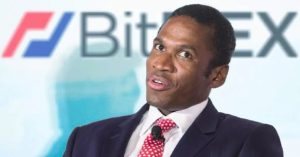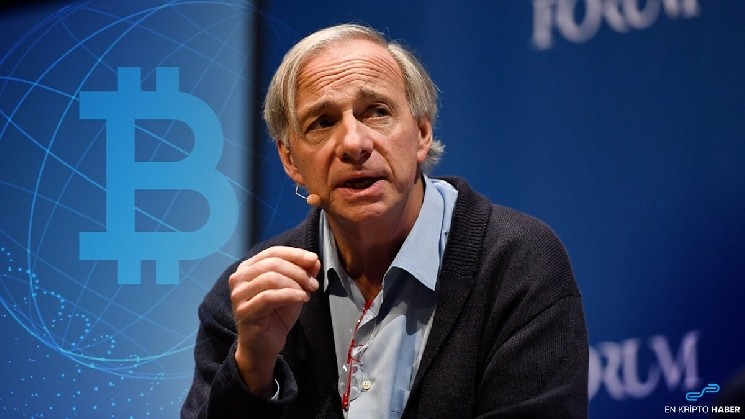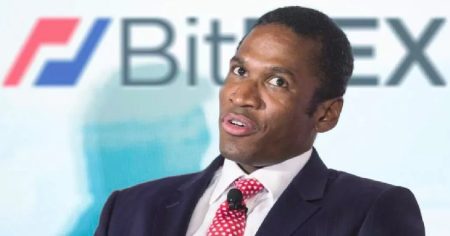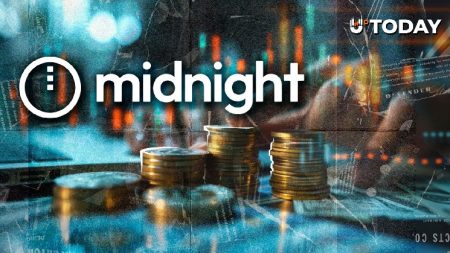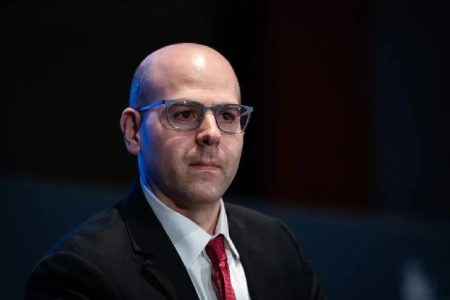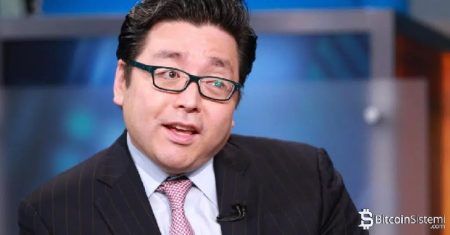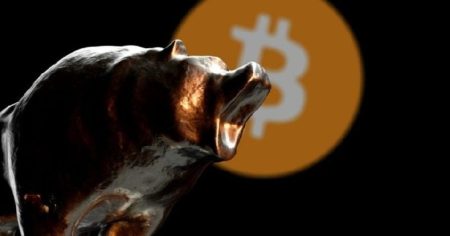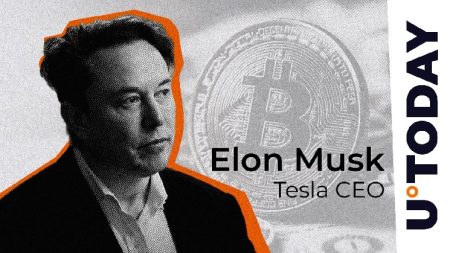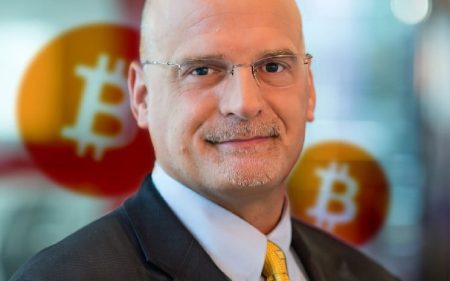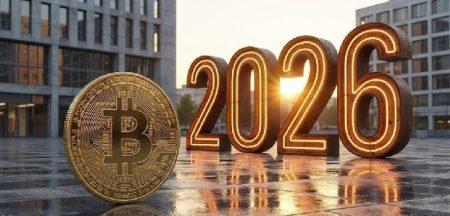Ray Dalio Warns of Economic Turbulence Ahead of Potential Fed Rate Cut
Billionaire Investor Foresees Dollar Depreciation and Stock Market Downturn
In a recent Reddit Q&A session that has captured the attention of financial markets worldwide, billionaire investor and Bridgewater Associates founder Ray Dalio delivered a sobering assessment of the potential consequences should the Federal Reserve move forward with anticipated interest rate cuts. Dalio, known for his macroeconomic insights and hedge fund prowess, outlined a scenario that could significantly reshape investment landscapes across multiple asset classes, suggesting that what many view as economic relief may instead trigger new financial challenges.
“If the Fed cuts interest rates, short-term rates and the dollar will weaken, while long-term rates will rise, steepening the yield curve,” Dalio explained during the online forum. His analysis goes beyond the immediate market reaction, delving into second-order effects that could undermine equity performance. According to the investment veteran, stocks might underperform conventional expectations following rate cuts, primarily due to eroding investor confidence and mounting concerns about stagflation—the troubling economic condition that combines stagnant growth with persistent inflation. This warning comes at a critical juncture as financial markets have already priced in a high probability of a 0.25 percentage point rate reduction in September, with major financial institutions including Bank of America projecting at least two additional cuts before year-end. These institutions envision an expansionary monetary policy trajectory extending potentially through 2026, creating what Dalio sees as a precarious economic balancing act with significant downside risks.
National Debt Crisis Looming as Fiscal Pressures Mount
The immediate concerns about interest rate policy are merely the tip of the iceberg in Dalio’s comprehensive economic outlook. With characteristic frankness, he highlighted the alarming trajectory of U.S. national debt, which has now surpassed $37 trillion—representing approximately 124% of the country’s gross domestic product. This debt-to-GDP ratio stands at its highest level since World War II, a comparison that historically has preceded significant economic restructuring. Dalio’s metaphorical descriptions of this fiscal challenge paint a vivid picture of the dangers ahead, likening the mounting national debt to “plaque accumulating in the veins” of the economic system and describing the broader economy as “a ship heading towards the rocks.” Such imagery isn’t merely rhetorical flourish; it reflects Dalio’s deeply researched conviction that the United States could face a debt-induced crisis within the next three years—a timeline that would place such a reckoning squarely within the next presidential administration’s responsibility regardless of November’s election outcome.
The potential consequences of this debt burden extend beyond abstract economic metrics, threatening to undermine foundational elements of American financial hegemony. Dalio emphasized that continued fiscal deficits, escalating borrowing costs, and what he characterized as persistent financial indiscipline could substantially weaken international confidence in both the U.S. dollar and Treasury bonds—long considered among the world’s safest assets. This erosion of trust would represent a seismic shift in global financial architecture that has relied on dollar supremacy for decades. In response to these anticipated developments, Dalio recommended investors consider allocating approximately 15% of their portfolios to alternative assets such as gold and Bitcoin, a notable position from an investor who has historically maintained a cautious stance toward cryptocurrency while acknowledging its potential role in a diversified approach to preserving wealth in turbulent economic conditions.
Bitcoin’s Promise and Limitations in an Era of Monetary Uncertainty
Dalio offered a nuanced assessment of Bitcoin’s potential as an investment vehicle amid these macroeconomic challenges. “Bitcoin is now an alternative currency with a limited supply,” he noted, acknowledging one of the cryptocurrency’s core value propositions. The billionaire investor elaborated that in scenarios where dollar supply increases or demand decreases—both possible outcomes of the economic conditions he forecasts—cryptocurrencies could indeed become increasingly attractive alternatives to traditional fiat currencies. This represents a significant evolution in Dalio’s public position on digital assets, which has gradually shifted from skepticism toward qualified endorsement as part of a broader risk-management strategy.
However, Dalio was careful to outline Bitcoin’s limitations as well, presenting a balanced perspective that distinguishes his analysis from both crypto enthusiasts and detractors. He pointed out that Bitcoin faces several structural challenges that could impede its ascension to reserve currency status: government surveillance and potential regulatory control remain significant vulnerabilities, while the possibility that advancing technologies could eventually compromise Bitcoin’s programming presents a long-term risk factor. These considerations lead Dalio to maintain what he describes as “a small amount of Bitcoin but a lot more gold” in his personal portfolio. Gold’s millennia-long history as a store of value and its established position in government reserves worldwide give it advantages that digital assets have yet to match, despite their technological innovations. “The most important thing,” Dalio emphasized, “is to have alternative currencies to protect wealth, because most fiat currencies with large debts will lose their value against hard currencies”—a principle that transcends specific asset selections to address the fundamental challenge of wealth preservation during monetary devaluation.
Market Implications and Investment Strategy Adjustments
The implications of Dalio’s analysis extend across the investment spectrum, suggesting potential realignments in asset allocation strategies that have been optimized for the low-interest-rate environment of recent years. The projected steepening of the yield curve—where long-term rates rise while short-term rates fall—creates both challenges and opportunities across fixed-income markets. Bond investors, particularly those heavily weighted toward longer-duration instruments, may face headwinds as principal values decline in response to rising long-term yields. Conversely, this environment could create tactical opportunities in shorter-duration fixed income and floating-rate securities that adjust more quickly to changing monetary conditions.
For equity markets, Dalio’s warning about potential underperformance contradicts the conventional wisdom that rate cuts typically boost stock valuations. This divergence highlights the unusual economic circumstances we currently face, where monetary policy easing is occurring not from a position of strength but in response to deteriorating economic conditions. The stagflationary concerns Dalio references would likely benefit certain market sectors while punishing others—companies with pricing power, strong balance sheets, and exposure to hard assets might prove more resilient than growth-oriented firms dependent on low borrowing costs. International diversification takes on new importance in this context, particularly as dollar depreciation could enhance returns from foreign investments when converted back to the weakening U.S. currency. These dynamics create a complex investment landscape that defies simple prescriptions, underscoring Dalio’s consistent emphasis on principled diversification across asset classes, geographies, and currencies as the most robust approach to navigating economic regime changes.
The Path Forward: Economic Resilience in an Age of Transition
While Dalio’s assessment presents significant challenges to the current economic paradigm, it should not be interpreted as an apocalyptic prediction but rather as a call for prudent preparation and policy recalibration. The financial history that informs Dalio’s perspective includes numerous examples of nations successfully navigating debt crises through combinations of fiscal reform, monetary policy adjustment, and economic restructuring. The advance warning provided by these analyses creates opportunities for both policymakers and investors to implement measured responses rather than facing disorderly adjustments triggered by market panic.
For individual investors, Dalio’s recommendations suggest a balanced approach that acknowledges both traditional financial assets and alternative stores of value have complementary roles in robust portfolios. His specific mention of a 15% allocation to alternatives like gold and Bitcoin represents a meaningful but measured position—significant enough to provide meaningful protection against currency devaluation without abandoning the productive assets that generate returns in functioning economies. As with all investment guidance, these allocations should be considered within the context of personal financial circumstances, time horizons, and risk tolerances rather than applied universally. The core insight remains valuable regardless of specific implementation: in an era of historic debt levels, unprecedented monetary intervention, and potential currency realignment, diversification across asset classes that respond differently to these pressures offers the most reliable protection against the uncertainties ahead. As Dalio’s analysis reminds us, the greatest financial risk often comes not from the dangers we recognize and prepare for, but from assuming that past patterns will continue indefinitely without adaptation to changing economic fundamentals.

